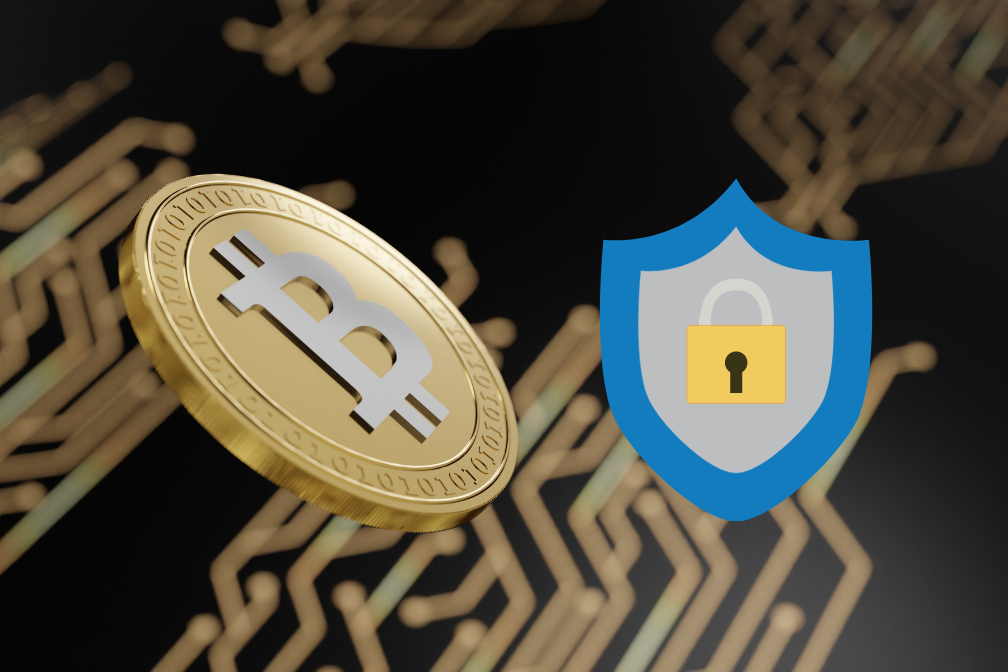Safeguarding Cryptocurrency: Understanding and Mitigating Common Security Threats and Risks
- Written by Cryptologic

Cryptocurrency has gained significant popularity in recent years, but with its rise, security concerns and risks have also increased. In this conversation, I would like to discuss the various security challenges and risks associated with cryptocurrency. Specifically, let's delve into the common security threats faced by cryptocurrency users, such as hacking, phishing, malware attacks, insider threats, and social engineering, and how these threats can compromise the security of digital wallets and exchanges.
- Hacking: Hacking is one of the most prevalent security threats in the cryptocurrency space. Hackers employ various techniques to gain unauthorised access to digital wallets and exchanges. They may exploit vulnerabilities in the software or infrastructure, use social engineering tactics, or employ brute force attacks to crack passwords. Once hackers gain access, they can steal funds, manipulate transactions, or even take control of the entire exchange.
To mitigate the risk of hacking, it is crucial for cryptocurrency users to employ strong security practices. This includes using complex and unique passwords, enabling two-factor authentication (2FA), regularly updating software and wallets, and storing funds in offline or hardware wallets that are less susceptible to remote attacks. Additionally, exchanges and wallet providers should implement robust security measures, such as multi-signature authentication and cold storage for funds, to protect user assets. Regular security audits and penetration testing can also help identify and address vulnerabilities.
- Phishing: Phishing attacks involve tricking users into revealing their sensitive information, such as login credentials or private keys, by impersonating legitimate entities. Phishing attempts are often carried out through deceptive emails, websites, or even social media messages. Unsuspecting users may unknowingly provide their information to malicious actors, who can then gain unauthorised access to their digital wallets or exchanges.
To protect against phishing attacks, users should exercise caution when clicking on links or downloading attachments from unknown sources. It is essential to verify the authenticity of websites and ensure they are using secure connections (HTTPS). Additionally, users should never share their private keys or login credentials with anyone and should be wary of unsolicited requests for such information. Education and awareness campaigns can also help users recognise and avoid phishing attempts. Exchanges and wallet providers should implement email authentication protocols, such as DMARC, to prevent email spoofing and protect users from phishing attempts.
- Malware Attacks: Malware refers to malicious software designed to gain unauthorised access or cause harm to computer systems. In the context of cryptocurrency, malware can be used to steal private keys, log keystrokes, or modify transaction details. Malware attacks can occur through infected downloads, compromised websites, or even physical devices like USB drives.
To protect against malware attacks, users should regularly update their operating systems and antivirus software. It is crucial to avoid downloading files or software from untrusted sources and to be cautious when connecting external devices to computers. Additionally, using dedicated devices for cryptocurrency transactions, such as hardware wallets, can significantly reduce the risk of malware compromising the security of digital wallets. Exchanges and wallet providers should implement robust security measures, such as regular malware scanning and intrusion detection systems, to detect and prevent malware attacks.
- Insider Threats: Insider threats refer to security risks posed by individuals with authorised access to sensitive information or systems. In the cryptocurrency space, insider threats can arise from employees of exchanges or wallet providers who abuse their privileges or have malicious intent. These individuals may have access to private keys, user data, or the ability to manipulate transactions.
To mitigate insider threats, exchanges and wallet providers should implement strict access controls, regularly monitor and audit employee activities, and enforce separation of duties. Background checks and thorough vetting processes for employees can also help identify potential risks. Additionally, implementing encryption and access controls for sensitive data can limit the impact of insider threats. Users should choose reputable exchanges and wallet providers that prioritise security and have robust internal controls in place.
- Social Engineering: Social engineering involves manipulating individuals to gain unauthorised access to their sensitive information or systems. In the context of cryptocurrency, social engineering attacks can target users directly, attempting to trick them into revealing their private keys or login credentials. Attackers may pose as customer support representatives, friends, or even family members to gain trust and deceive users.
To protect against social engineering attacks, users should exercise caution and skepticism when interacting with unknown individuals or entities. It is essential to verify the identity of individuals before sharing any sensitive information. Users should also be aware of common social engineering tactics, such as urgency, fear, or promises of financial gain, and should not be easily swayed by such tactics. Education and awareness campaigns can help users recognise and avoid social engineering attempts. Exchanges and wallet providers should implement strict verification processes for customer support interactions and educate users about potential social engineering risks.
In conclusion, the security threats faced by cryptocurrency users are diverse and ever-evolving. Hacking, phishing, malware attacks, insider threats, and social engineering are among the most prevalent threats that can compromise the security of digital wallets and exchanges. To mitigate these risks, users should adopt strong security practices, such as using complex passwords, enabling two-factor authentication, verifying website authenticity, and employing dedicated devices like hardware wallets. Staying informed about the latest security trends and regularly updating software and systems are also crucial in maintaining the security of cryptocurrency holdings. Additionally, exchanges and wallet providers should prioritize security measures and implement robust controls to protect user assets. Regular security audits, employee training, and incident response plans can help identify and address vulnerabilities and ensure the overall security of the cryptocurrency ecosystem.






